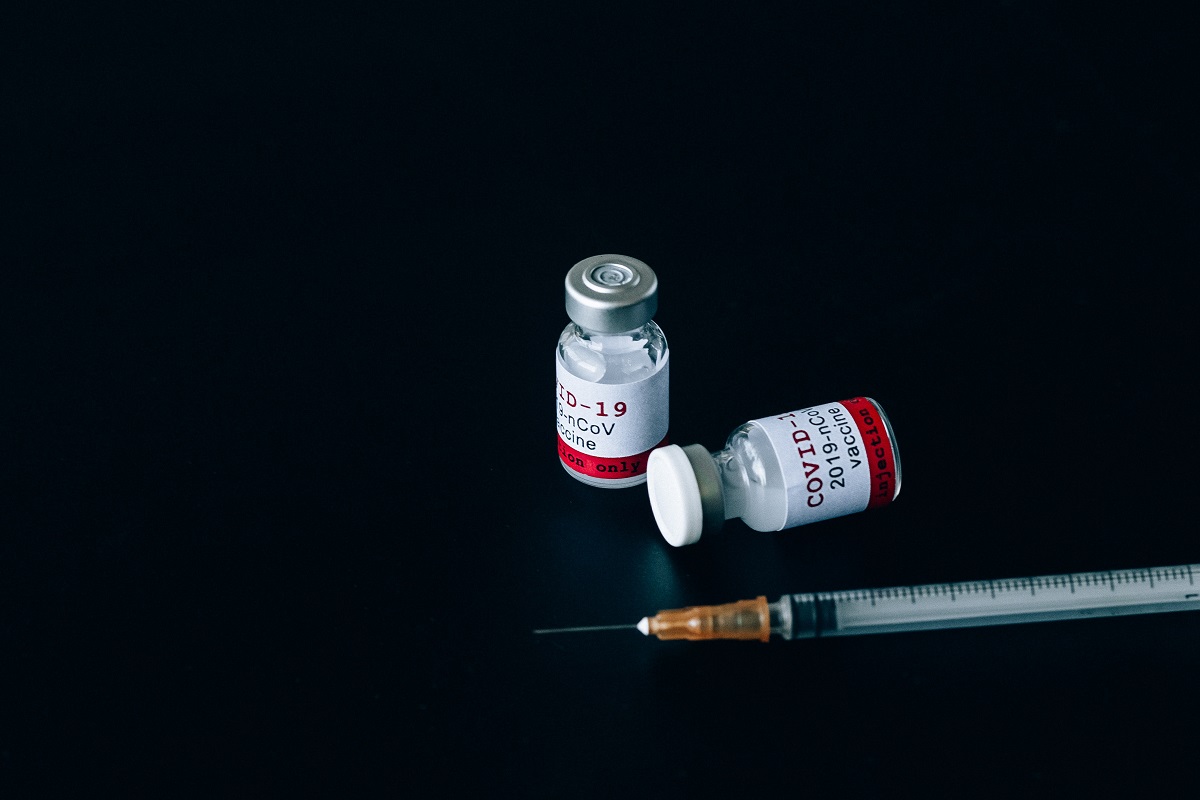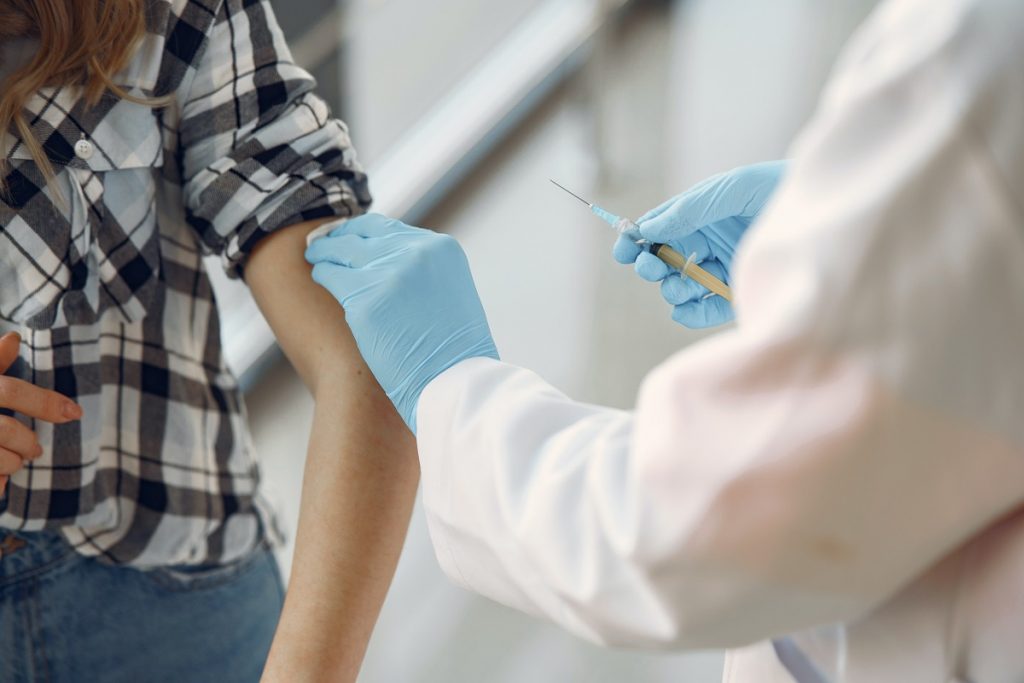Vaccination and vaccines are a hot topic in the world of science and technology. There are two divisions among people when it comes to this topic. Some people believe in its effectiveness. Then, some believe that they are fine even without these shots.
The clamor about vaccines was again heightened because of the outbreak of Covid-19. People followed health protocols such as wearing masks, frequent handwashing, and social distancing. But, many believed that the development of a vaccine is the key to stop this pandemic.
Advancement of technology made things easier. A global collaboration of medical research groups is evident. Cutting-edge testing innovations such as ACE2 binding assays are now available. But even with such progress, it is vital to get back to the core. The goal is to have a vaccine that has high efficacy. This is regardless of the length of its development. What, then, are the steps that each vaccine needs to undergo before it can be available to the public? Here is a simple breakdown.
Pre-clinical Stage
This stage is the foundation of a vaccine’s success. Every detail here is crucial to the development of a vaccine. Researchers go to great lengths to know the nature of the virus or bacteria. Then, the search for a natural or synthetic antigen begins.
Simply put, researchers look for a chemical or a substance that will cause a reaction to the body. This reaction should be similar but weaker than that produced by the actual virus. The idea is to produce “familiarity” or a “memory” in the immune system. When this happens, a person’s body will have higher chances of fighting off the real virus. The person becomes resistant to it.
Researchers and scientists need to test many antigens before they can come up with the right one. They do extensive studies and in-depth presentations to discuss which works best. The vaccine candidates are even tested on some animals such as mice, rabbits, or monkeys.
Clinical Stage
The clinical stage focuses on having the vaccine tested in selected groups. It runs in four phases to make sure that all criteria are present and satisfied.
- Phase 1 involves testing with a selected number (less than a hundred) of healthy adults. In this phase, researchers and scientists look for the adverse effects of the vaccine. This phase has safety as its primary target.
- Phase 2 moves to a greater number of participants. This phase involves several hundred people. It also includes people who are vulnerable to the disease. Scientists zero in the proper doses to administer. Thus, they aim for consistency in each vial used. Researchers also use a placebo group or a group who receives a fake dose of vaccine. They compare the group’s reactions to a group that received the actual vaccine. This way, they can measure if the vaccine is effective or not.
- Phase 3 has a global reach. The sample size now moves to thousands of people. Effectivity of the vaccine now encompasses many factors. These include location, age group, and vulnerability to the disease. In this phase, the vaccine must prove its high efficacy. The vaccine must protect against the disease and yield an increased immune response. Placebo groups are still in place.

These phases are not as straightforward as they may seem. Some vaccines do not complete all phases. Some experience a pause in one phase to conduct more studies. That is why people in the field need an estimate of eight to 10 years to complete these three phases.
- Phase 4 comes after the approval of the vaccine. There should be a small margin of error for any vaccine. Thus, people in the science field continue to study its long-term effectiveness.
Regulatory Approval
A vaccine could not be available to the public without it gaining a license. This step involves the submission of pertinent documents that prove its unquestionable efficacy. The regulatory authorities can then decide if the vaccine is ready for distribution. They can now grant a license if such is the case.
Production
Once a vaccine has a license, it is now safe to produce a great number for public use. The people behind the production of the vaccine need to ensure accessibility. A vaccine with a high cost will be a futile attempt to stop a particular disease. These treatments must be available to a wider scope of population. They must take into consideration, especially those in the high-risk sectors. Having more people get the vaccine leads to herd immunity.
Vaccines for Covid-19 are in the fast phase lane. Its development took unprecedented leaps in time and research. Yet, the public must have the assurance that this vaccine passed through all these stages. Its wide distribution and effectiveness are still a waiting game. We can only hope as much so that we can all go back to a sense of normal that this pandemic has taken away.

